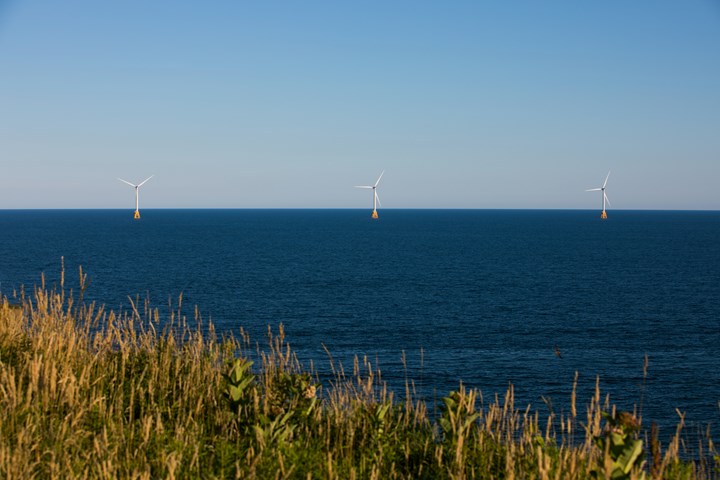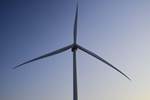Federal-state partnership to unlock U.S. offshore wind industry, supply chain
U.S. administration announces collaborative partnership to continue spurring the offshore wind supply chain, reports 165% growth in contracts, $12.7 billion in new public and private investments.

Rhode Island offshore wind. Photo Credit: Getty Images
Oh June 23, The Business Network for Offshore Wind (Baltimore, Md., U.S.) joined the U.S. president, U.S. administration officials and industry leaders at the White House to launch a new state-federal partnership to accelerate offshore wind deployment. Various officials present included White House national climate advisor Gina McCarthy; energy secretary Jennifer Granholm; interior secretary Deb Haaland; 11 East Coast governors; and AFL-CIO president Liz Shuler.
The new Federal-State Offshore Wind Implementation Partnership is reported to be a powerful collaborative effort to identify and address supply chain, workforce and port constraints and build a robust domestic supply chain. During the announcement, Liz Burdock, CEO and founder of the Business Network for Offshore Wind, a on-profit focused solely on developing the offshore wind industry and its supply chain, presented data showing that the U.S. offshore wind industry has already generated $12.7 billion in new public and private investments and has spurred the construction or expansion of nearly a dozen manufacturing facilities along the U.S. coast. The Network’s Market Dashboard contract database has identified a 165% growth in contracts since January 2021.
In addition to expanding key supply chain elements for offshore wind — manufacturing facilities for offshore wind components, port capabilities, logistics networks needed to install projects and workforce development — the Partnership is announcing steps to advance a national offshore wind supply chain roadmap and designating offshore wind vessels as Vessels of National Interest to facilitate more offshore wind construction.
This announcement follows the steps already taken by the U.S. administration, such as the the approval of the nation’s first two commercial-scale offshore wind projects, Vineyard Wind and South Fork Wind, and the wind lease sale in the New York Bight, the Carolinas, with other upcoming offshore wind auctions by 2025.
“This federal-state offshore partnership is a critical step towards unlocking supply chain growth and helping the industry scale to keep pace with demand, and will generate new opportunities for the thousands of small businesses that will form the backbone of the U.S. offshore wind industry,” Burdock says. “The Biden-Harris Administration’s 30-GW [gigawatt] goal, strong leadership from governors and more than $12 billion in new investments is creating a once-in-a-generation opportunity for American businesses. Along our coasts, the supply chain is coming to life with new manufacturing facilities, ports being rebuilt and shipbuilding activity. Offshore wind contracts have more than doubled in the past 18 months and U.S. companies large and small are signing up from 46 states to participate in the offshore wind supply chain. With global demand growing exponentially, we need to accelerate this progress to reach our clean energy goals.”
Learn more about the Partnership here.
Related Content
-
Drag-based wind turbine design for higher energy capture
Claiming significantly higher power generation capacity than traditional blades, Xenecore aims to scale up its current monocoque, fan-shaped wind blades, made via compression molded carbon fiber/epoxy with I-beam ribs and microsphere structural foam.
-
Materials & Processes: Fibers for composites
The structural properties of composite materials are derived primarily from the fiber reinforcement. Fiber types, their manufacture, their uses and the end-market applications in which they find most use are described.
-
Materials & Processes: Composites fibers and resins
Compared to legacy materials like steel, aluminum, iron and titanium, composites are still coming of age, and only just now are being better understood by design and manufacturing engineers. However, composites’ physical properties — combined with unbeatable light weight — make them undeniably attractive.















